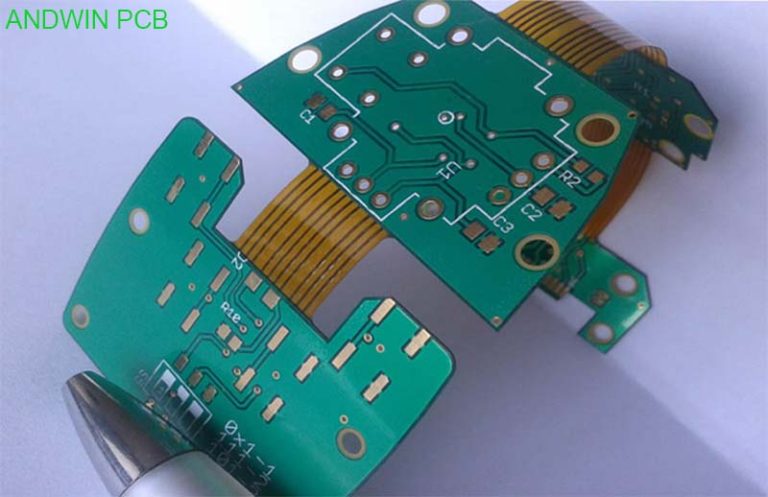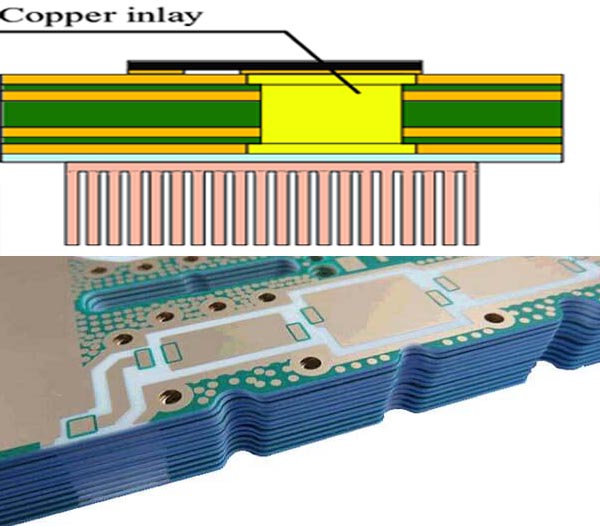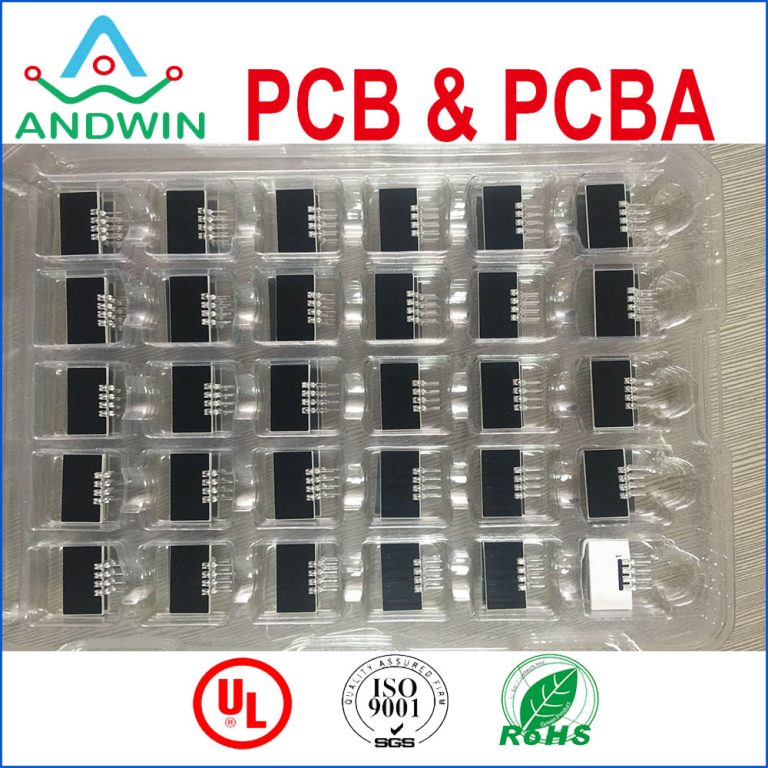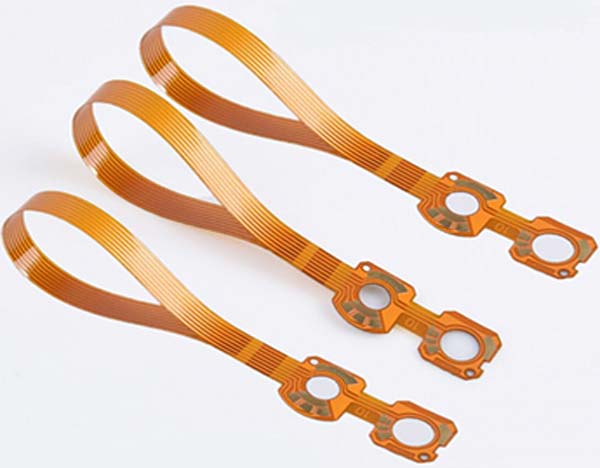Difference between aluminum and pcb
The connection between aluminum and pcb
Aluminum and PCBs can be connected in electronic devices in various ways.
One common method is to use screws or clips to attach the PCB to an aluminum heat sink.
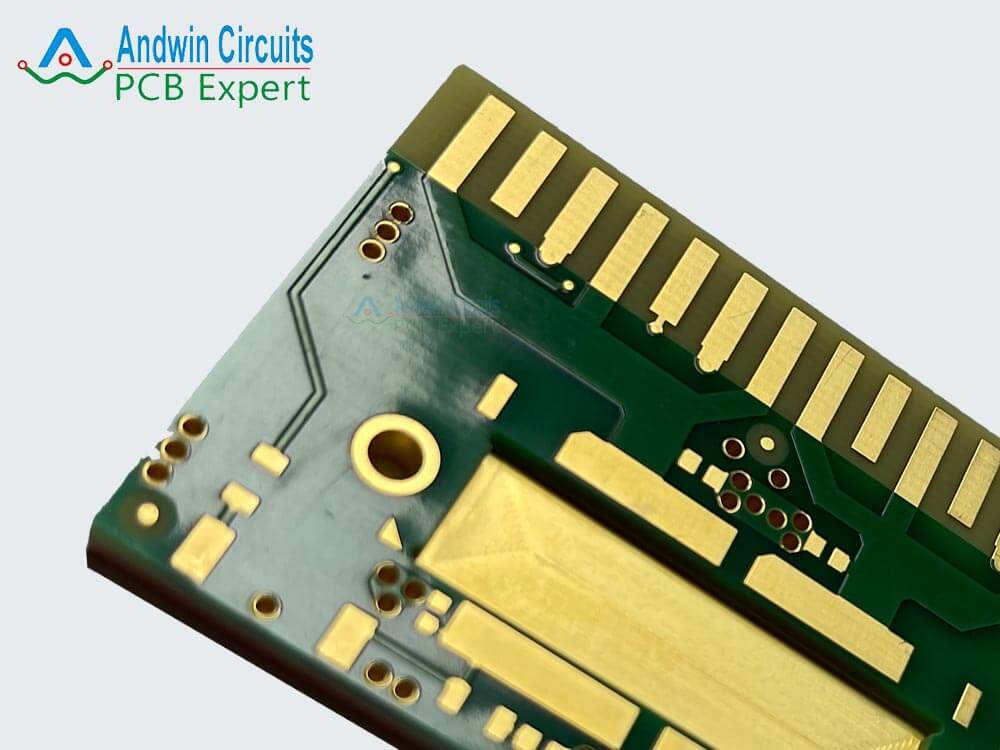
This helps to dissipate heat generated by the electronic components on the PCB.
Another way to connect aluminum and PCBs is by using thermal interface materials,
such as thermal paste or pads.
These materials help to transfer heat from the electronic components on the PCB to the aluminum heat sink.
In some cases, aluminum can also be used as a substrate for PCBs.
This means that the conductive pathways are etched directly onto the surface of the aluminum,
eliminating the need for a separate PCB.
Overall, the connection between aluminum and PCBs is important in ensuring proper heat dissipation and efficient operation of electronic devices.
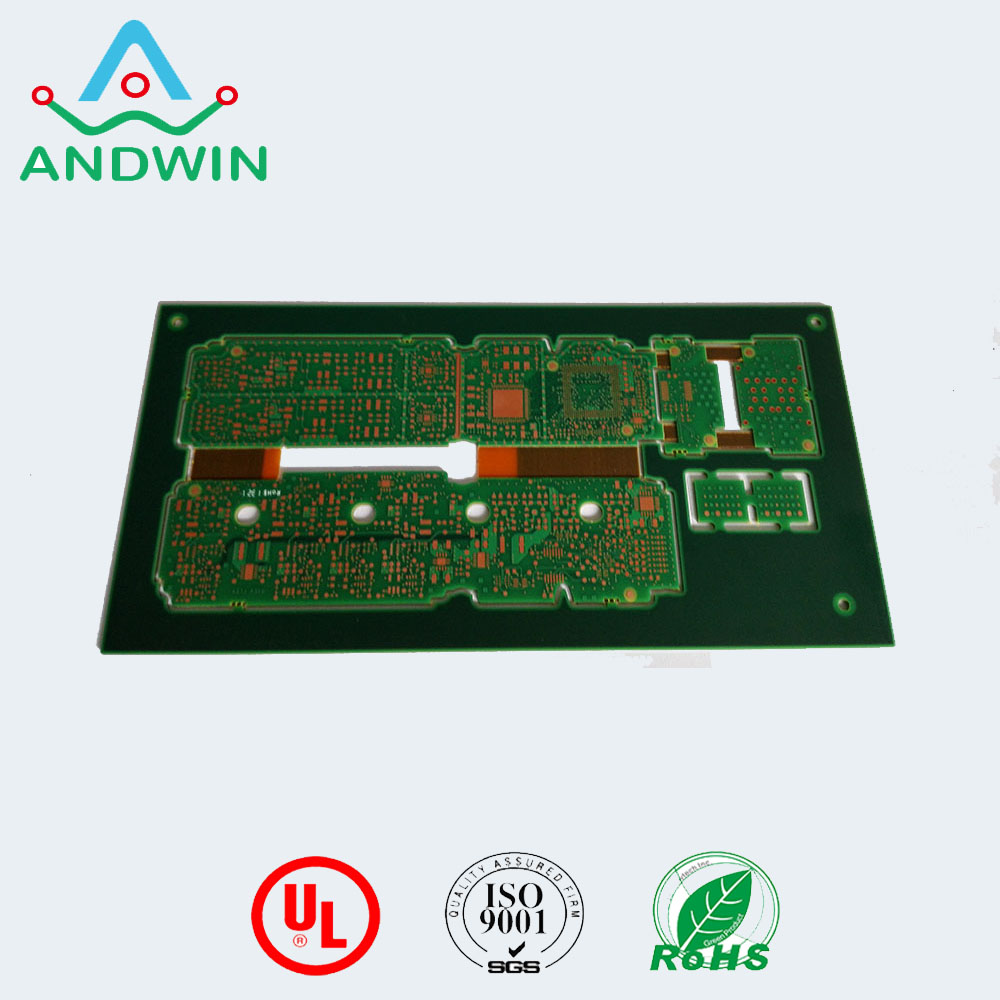
Aluminum and PCB (printed circuit board) are two different materials used in electronics.
Aluminum is a metal that is lightweight, durable, and has good thermal conductivity.
It is commonly used in electronic devices as a heat sink, which helps dissipate heat generated by electronic components.

PCBs, on the other hand, are made of a non-conductive material, such as fiberglass or plastic,
with conductive pathways etched onto the surface.
They are used to connect and control electronic components in a device.
In summary, aluminum is a metal used for heat dissipation,
while PCBs are used for connecting and controlling electronic components.



